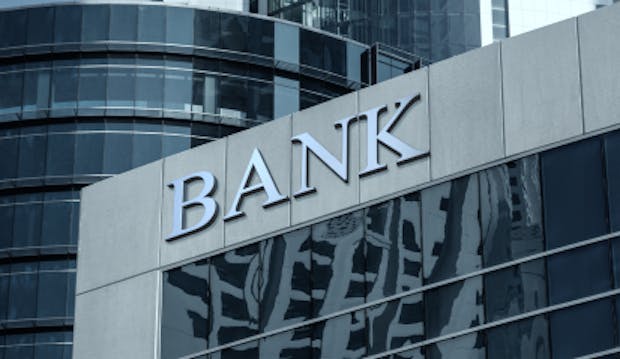banking is 'now open'

imagine you need urgent funds for renovating your boutique. but you’ve never taken a loan before, so there is no credit score. any NBFC that you approach will suspect your track record. ultimately, the loan request will be rejected.
is there a way to prove your creditworthiness? how about sharing details from your bank transactions? with your full consent, of course.
that’s exactly what ‘open banking’ seeks to offer. by allowing information exchange between banks and other financial institutions, open banking helps customers get on-demand credit and add-on services.
the concept originated in Europe almost a decade ago. called the PSD2 initiative, these regulations offered banks an opportunity to share customer data with third-party financial services providers, albeit with full consent. the idea was to offer a wide variety of financial products to customers, without their privacy being at risk.
slowly, it found broader acceptance in markets such as the United States, Brazil, Australia, and Nigeria, among others. Canada hopped on the bandwagon in 2022.
how does it work?
think of open banking or AAs as brokers for collecting and transferring financial information. the AA gets to the bank, collects data, and passes it on to the financial entity. once the documents are verified, your customized product is ready.
let’s break down the process further
- loan query: customer seeks loan or insurance from a finance company. this could be for business expansion or for buying products.
- data consent: this finance company asks for consent to get the customer data. Information sourced helps decide on how much loan to offer.
- consent confirmation: the customer gives explicit consent for the data to be sourced from the bank. this includes bank transaction data and spending history on a quarterly and annual basis.
- data transfer: once the data has been shared with the finance company, it can start processing the loan request.
- loan credit: after verifying the customer data, the finance company offers the requisite loan based on the repayment capacity.
the Reserve Bank of India (RBI) has said that the data collected can be used only for loans or insurance. each customer is also informed of how long the AAs will store their personal information.
since these AAs are not allowed to conduct any other business other than data-exchange services, the risks of data misuse are minimized.

the four stakeholders in this process are banks, customers, finance companies, and AAs. an industry organization called Sahamati helps run this system with no glitches.
Sahamati is a member-driven industry alliance formed to promote the AA ecosystem in India. it lists the banks part of this process and the registered AA providing data services.
putting it to use
simply put, open banking or AAs help access financial products that were otherwise unavailable.
say insurance, for instance. If you are a fashion entrepreneur who doesn’t know what policy to buy, open banking can help. the account aggregators will collate your banking information and pass it on to the insurance providers. looking at your expenses, the insurer can decide which policy is the right fit.
with AAs, all your financial information can be accessed at a click of a button. no more lengthy documents or multiple photocopies for getting a simple loan processed.
it’s not just for taking a business loan. the AA architecture comes in handy in multiple ways:
- personal finance: you can share your banking data to seek PF advice from registered personal finance managers.
- instant loans: getting married or emergency medical expenses? the open banking model will help secure quick loans from reliable companies.
- insurance: buying an insurance policy to manage your specialized needs can be done through data sharing via AAs.
soon, the open banking system could offer everything — from loans, credit scores, insurance, and wealth advice — on a single application.
let’s talk risks
there is no doubt that India’s open banking with AAs helps bridge the gaps in financial inclusion. customers who were earlier termed ‘unsuitable’ for loans just because of insufficient data get an easier entry.
but it’s also necessary for customers to stay alert. these are some tricks to avoid getting swindled:
- did any company seek your data from a bank without you requesting it? if yes, please inform your bank immediately. ask them to stop the data transfer (if not completed already) and file a complaint.
- forged consent forms are not uncommon. if your bank claims consent was given when you had given none, file a complaint.
- did you consent to data sharing with X but Y calls you for a loan? you can complain because they cannot share your financial data with anyone else.
by 2027, open banking will play a dominant role in anything related to banks. just pay attention to when, where, and to whom your financial data is shared. while banks will play their part in securing your data, you’ll need to stay cautious, too.



